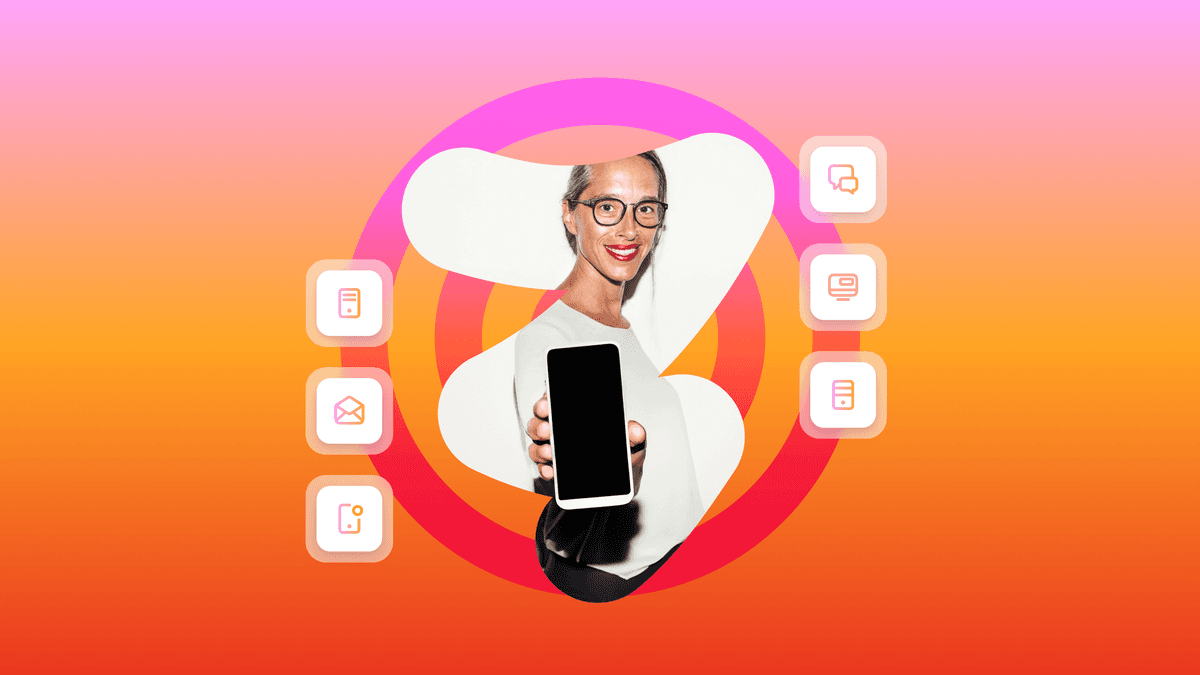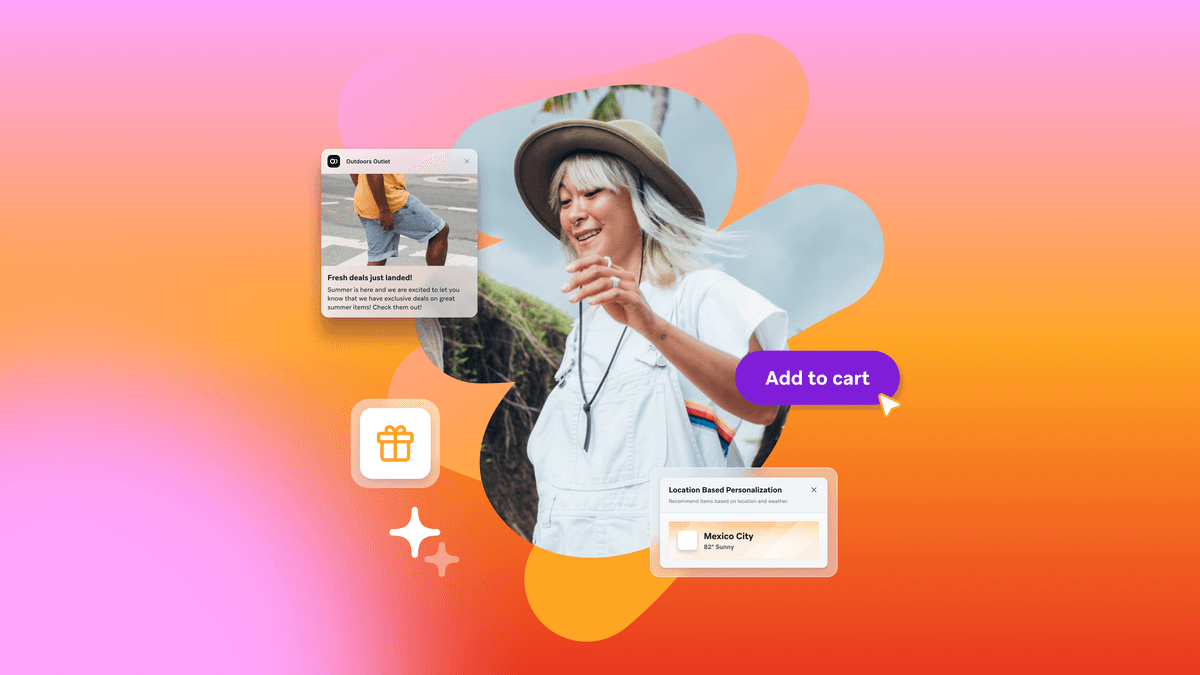Live and Kicking: How Live Customer Profiles Make Real, Responsive Marketing Possible
Published on April 25, 2019/Last edited on April 25, 2019/5 min read


Taylor Gibb
Customer Success Manager, Enterprise at BrazePicture this: ten years ago, you buried a time capsule with all of your likes, dislikes, favorite songs, fashion choices, and other information about who you are right then. Now, imagine one day this time capsule is opened, and all of your favorite brands begin messaging you based on what was enclosed. I, for one, know my inbox would be chock-full of the top emo bands, checkered belts, and tips on which eyeliner smudges the best (you were right, Mom—it was just a phase!).
As ridiculous as this seems, when it comes to knowing your customers, messaging based on anything less than the most up-to-date information means you may as well be relying on a time capsule. Have you ever gotten an email that an item you already purchased went on sale? Or maybe a push reminding you to add a hotel to your reservation when you canceled the flight yesterday? Customers are constantly completing new actions or simply changing their minds, and in this age of smart technology, they expect brands to know them in the moment and reach out with messaging tailored exactly to that. As marketers, this expectation poses a formidable challenge: how can a brand collect a library of detailed, granular user data to build a custom experience, and pivot on a dime the moment these preferences or circumstances change entirely? Enter: Live Customer Profiles.
At a glance, the idea of a Live Customer Profile seems obvious. Track what your customers do, ask them questions, and record what you learn. More specifically, when users interact with your app or messaging in any way, their experiences are recorded to their profile. In Braze, we collect these actions as either “events” (Think: Verbs like “filled out their customer profile”) or “attributes” (Think: Adjectives like “Speaks English” or “Home address is in Kansas”) that can be used to segment your users, trigger messaging, personalize your messages, or analyze your audience. As users change and grow, so does their profile, overwriting data points to reflect changes as they happen. The result is a system that can take in and process a user's actions, interests, and searches and allows your team to respond in kind, forming a relationship with your customers based on this “conversation” of data and messaging.
Once you have a basis for of-the-moment user information, the possibilities are endless. Events passed from the SDK allow you to send a user a congratulatory high-five when they pass from level one to level two. Using attributes gathered at the time of onboarding, messaging can shift based on a user’s location, what language they speak, or simply using their first name—all in one campaign. Even location data housed outside of Braze can be added to the user profile via the API, like a timely reminder to redeem a coupon when you’re at the store it’s applicable to. The best part is, at any point, all of the data on the user’s profile can be extracted from Braze, so it’s easy to analyze, modify, and orchestrate the messaging to get better and better as time goes on.
Of course, there’s plenty of different ways to get to know your users—and your company likely has data stored across different systems and teams that could enhance the customer experience. The good news is that Braze allows profiles to be updated using a variety of methods to suit any use case. Let’s say your customer’s most recent order and purchase details are housed in your backend server. Well, with Braze, that information can be added to their user profile regardless of origin. From there, you’re able to use that purchase data to dynamically segment that user into a new group so that your messaging is tailored toward their behavior. You might even learn something new from that information once you analyze it with your data visualization solution. Maybe customers who make smaller purchases with more frequency are your sweet spot. Better yet? Keep the feedback loop open and direct. Surveys can be embedded in the app experience to get explicit opinions and ratings from users in the moment. Even CSV uploads can update your users’ profiles, ensuring no data slips through the cracks. Most importantly, all of this can be done within moments, coming together to form a fluid, living, breathing profile.
This dynamic data supports some pretty powerful messaging. Take, for example, the classic word-problem: if Taylor’s train leaves the station at 5pm, and she leaves work at 4:45 in traffic moving 5 miles per hour, by how many minutes will she miss the train? Trick question —with live data streaming into her profile, Taylor gets a notification from her ridesharing app that traffic is heavy and she should leave early. This commute-saving messaging is possible only because Taylor’s profile (1) Updates via the SDK to indicate her location, (2) Has a record of the ride she booked an hour before, and (3) Can pull in data from the web with traffic for her area.
Humans are flexible and ever-changing–user profiles should be too. Luckily, Braze can give your team the tools they need to gain insight into your users as the individuals they are, and make their user-journey a truly personal one.
Related Tags
Be Absolutely Engaging.™
Sign up for regular updates from Braze.
Related Content
View the Blog
The future of payments: Enhancing innovation and trust in a changing landscape

Erin Bankaitis

Multichannel optimization: Unlocking a more cohesive strategy for engaging customers

Team Braze

Customer engagement must-haves for peak shopping season
